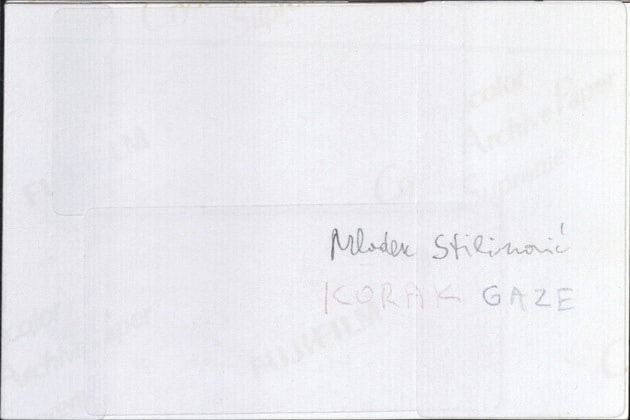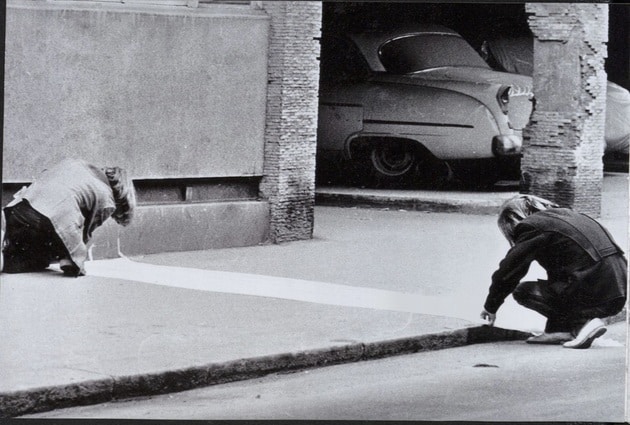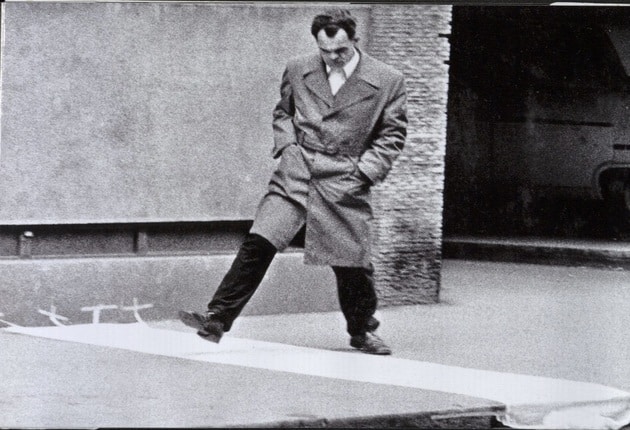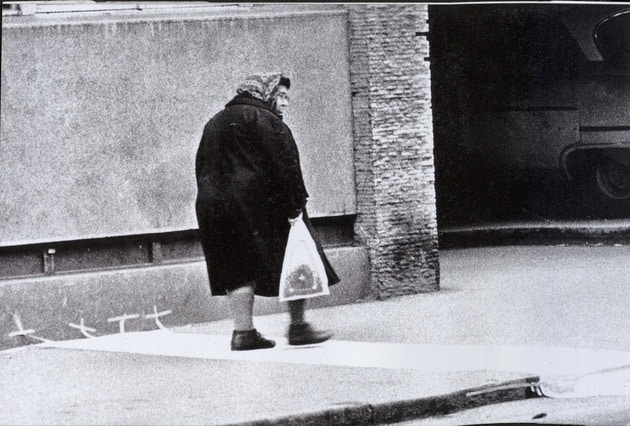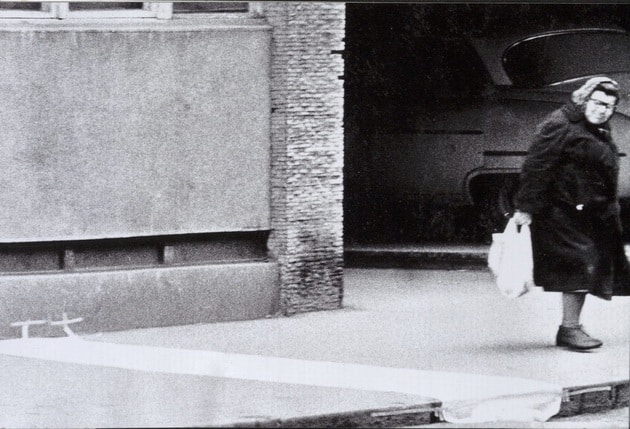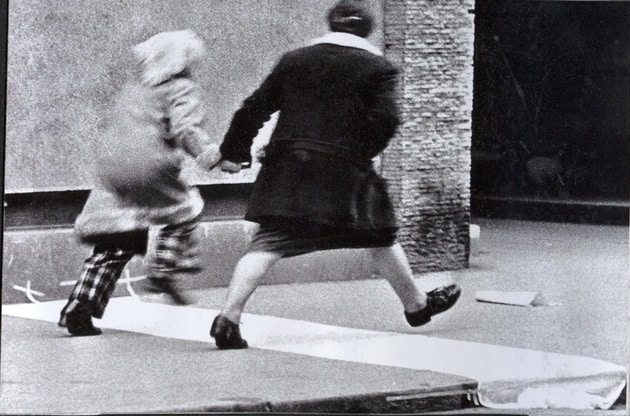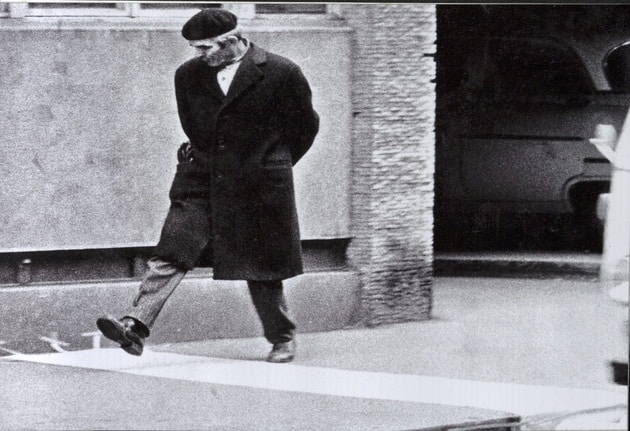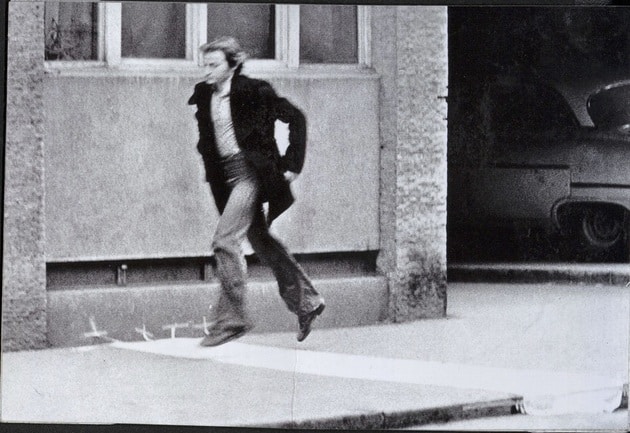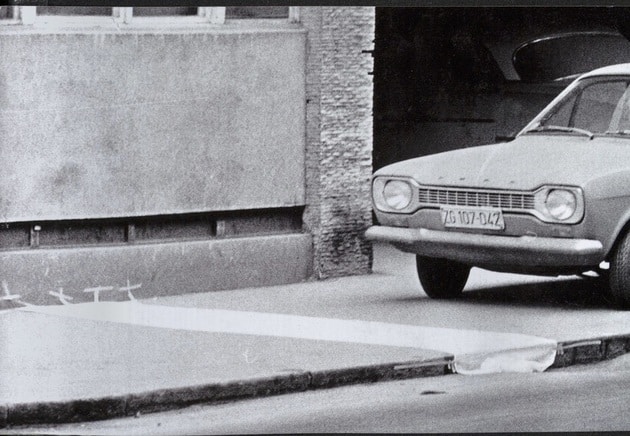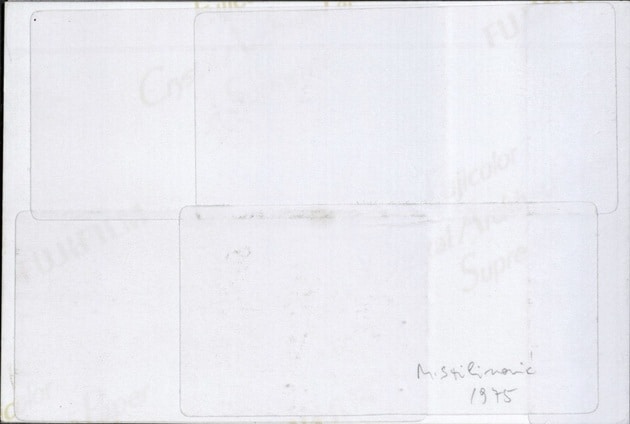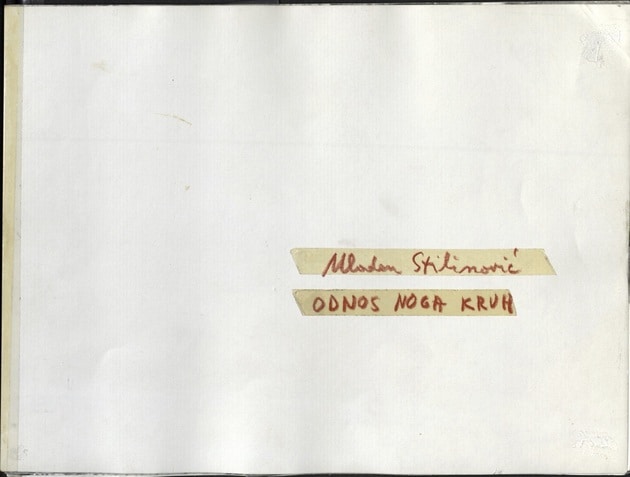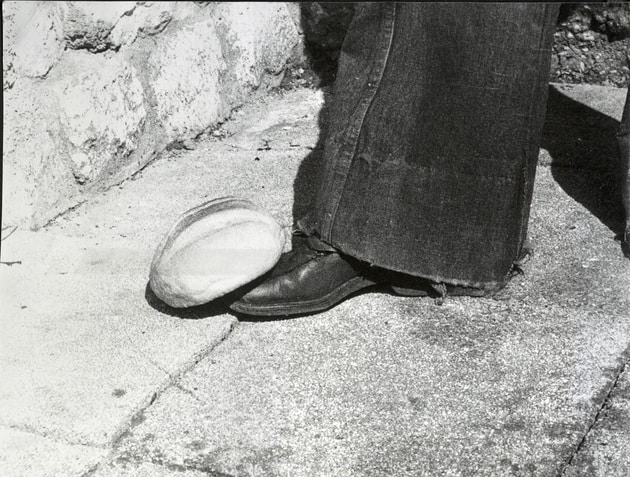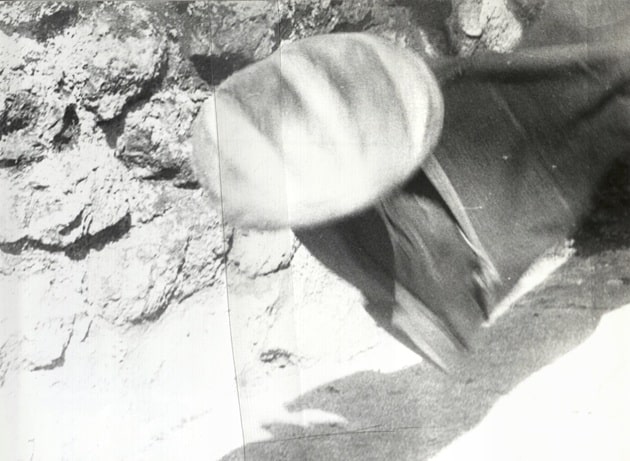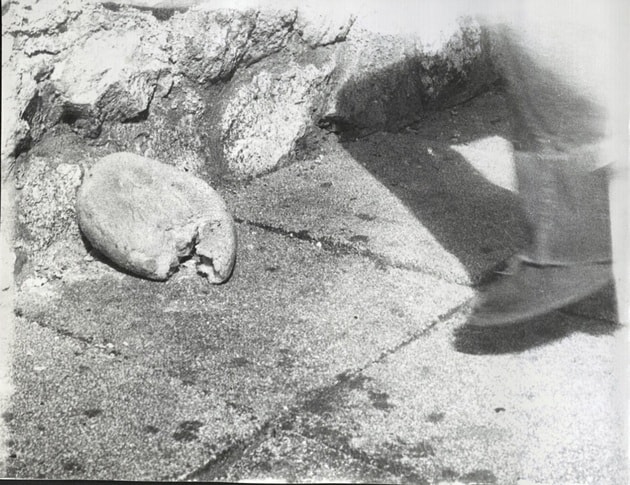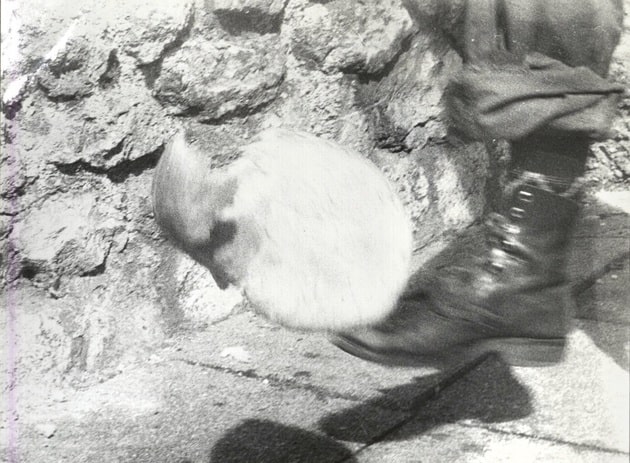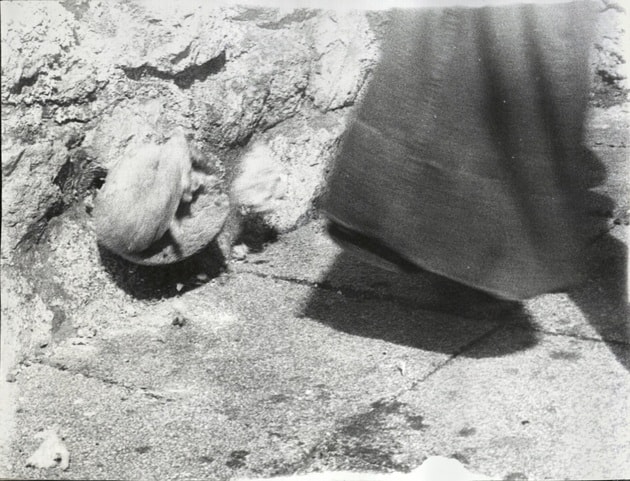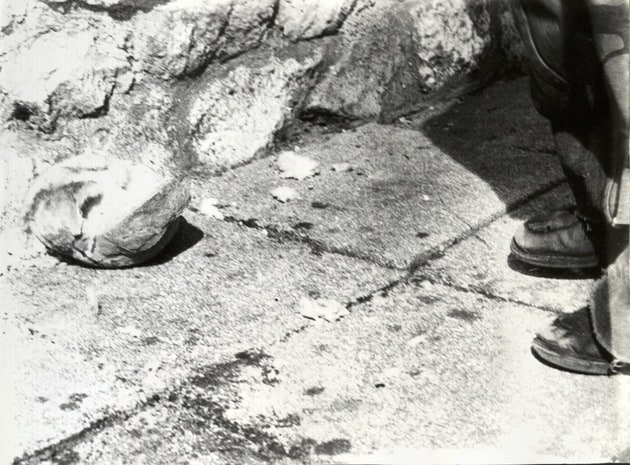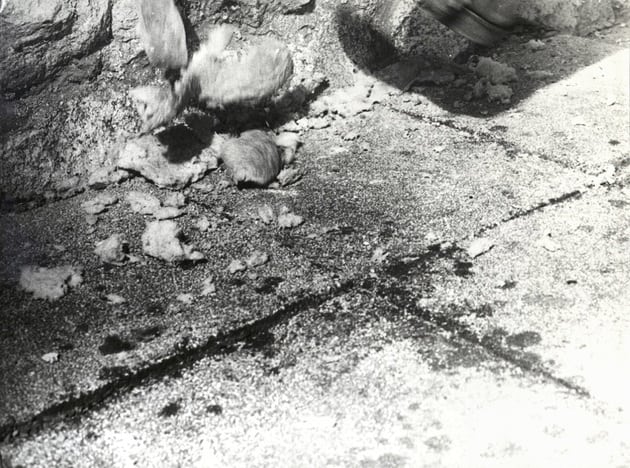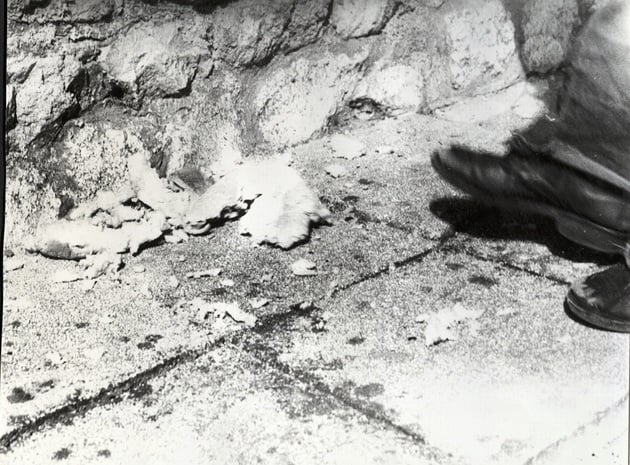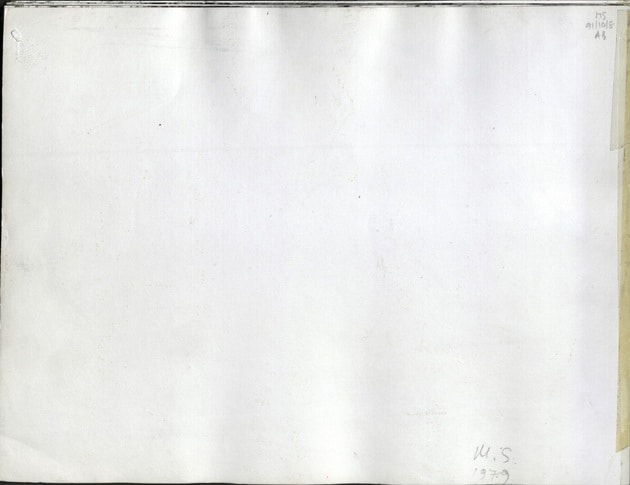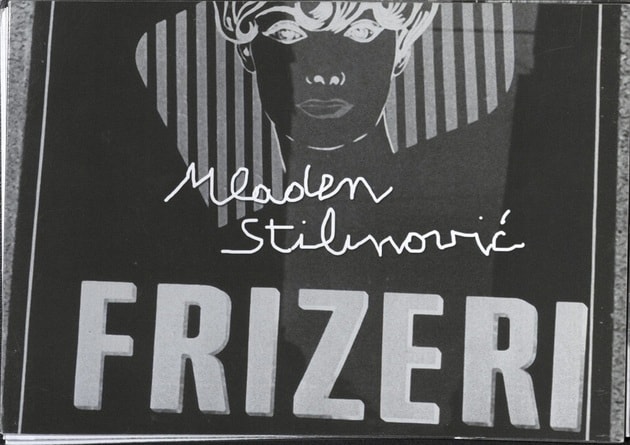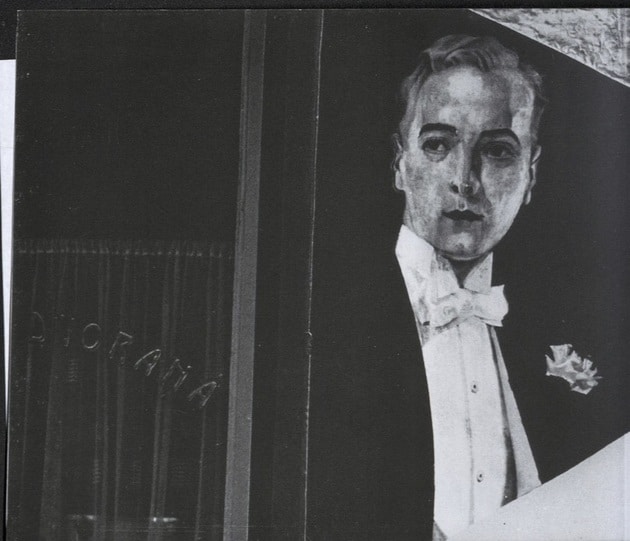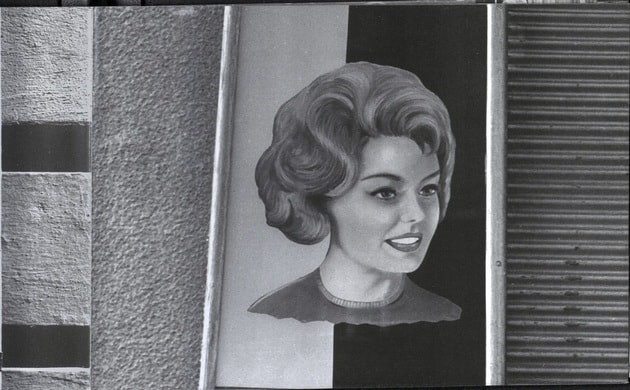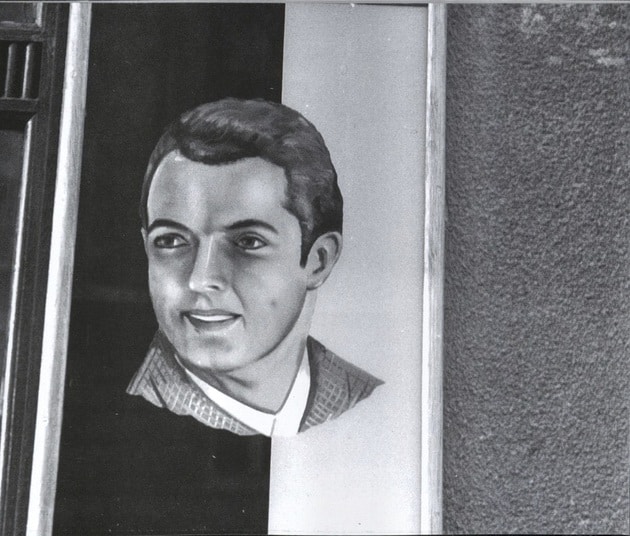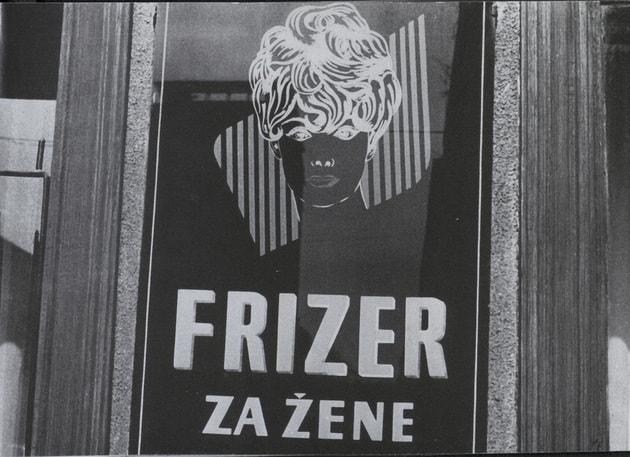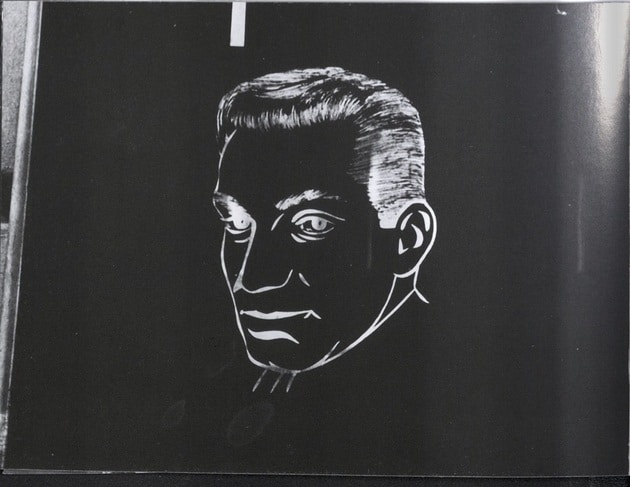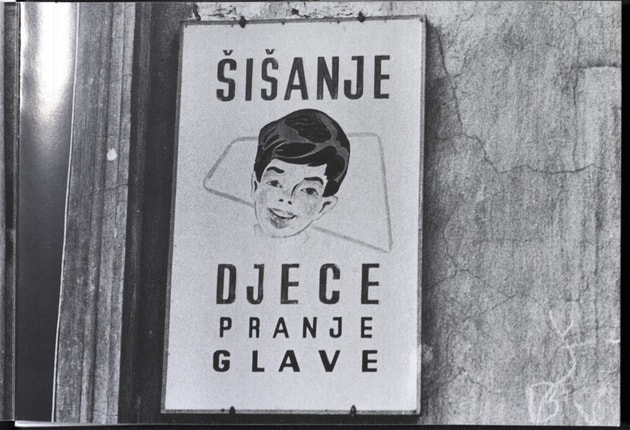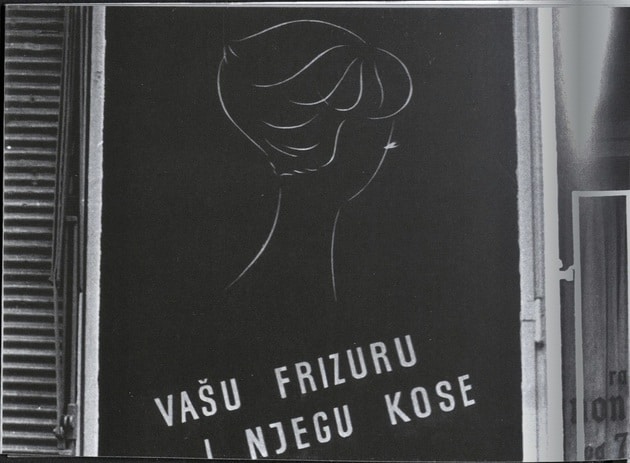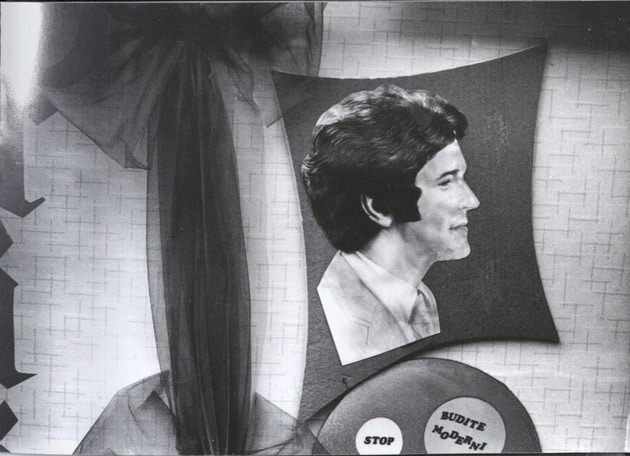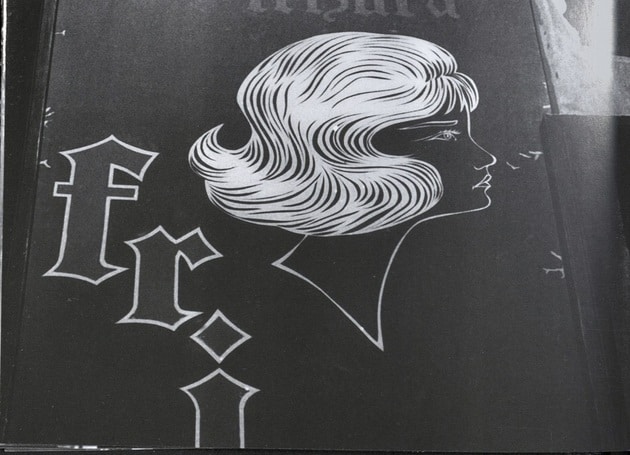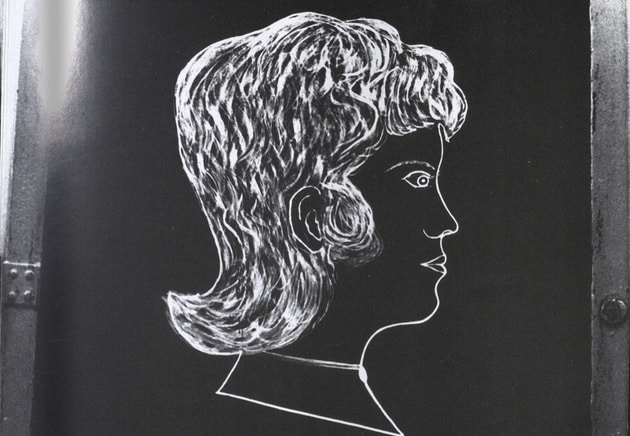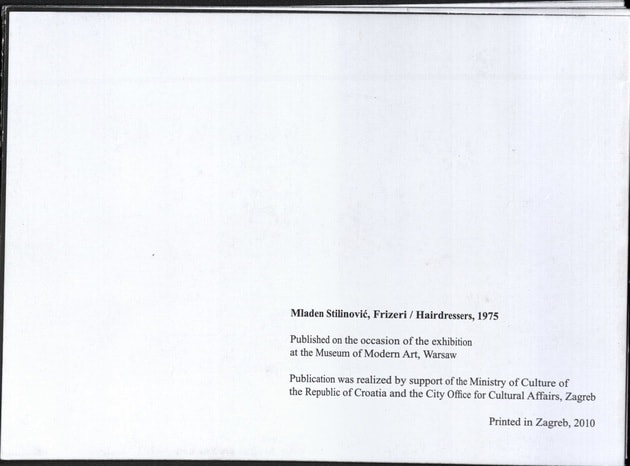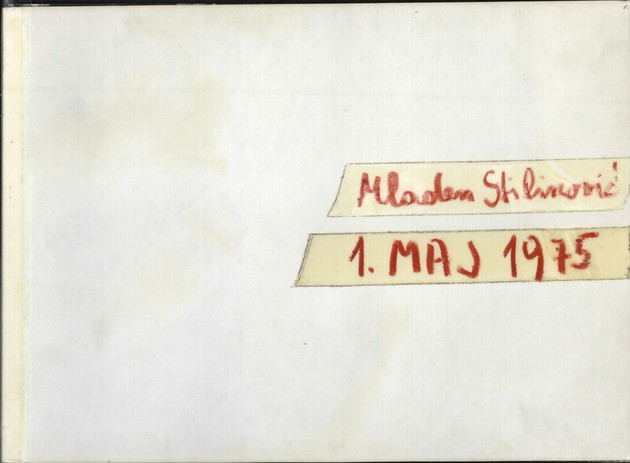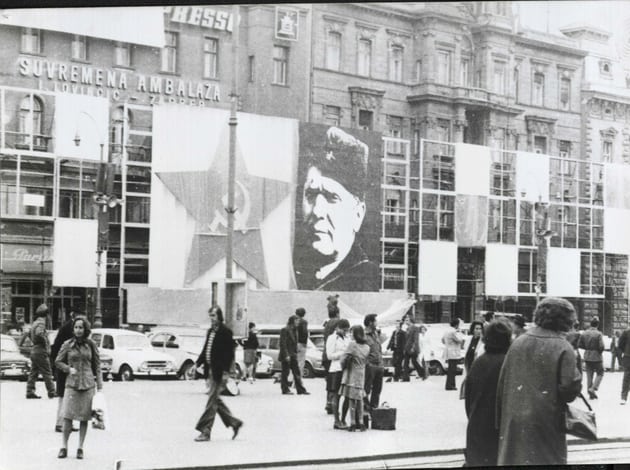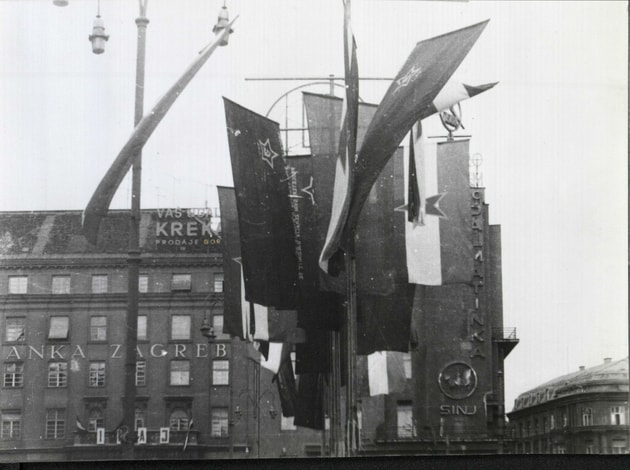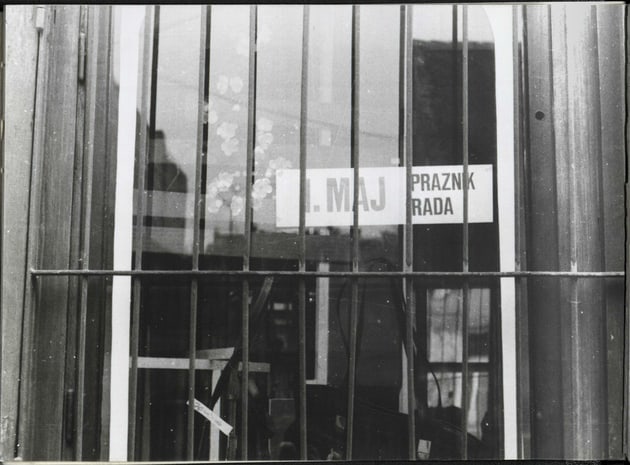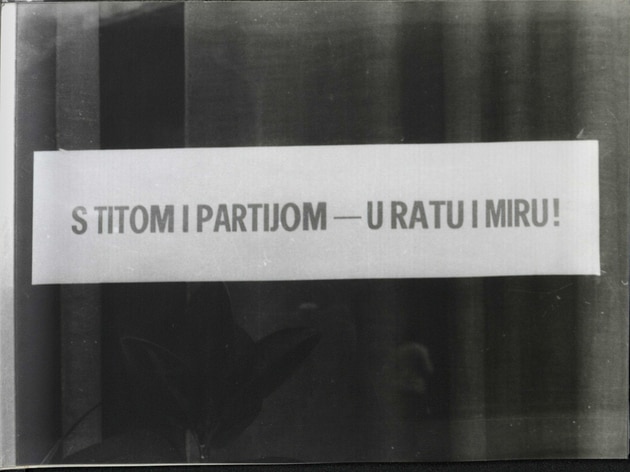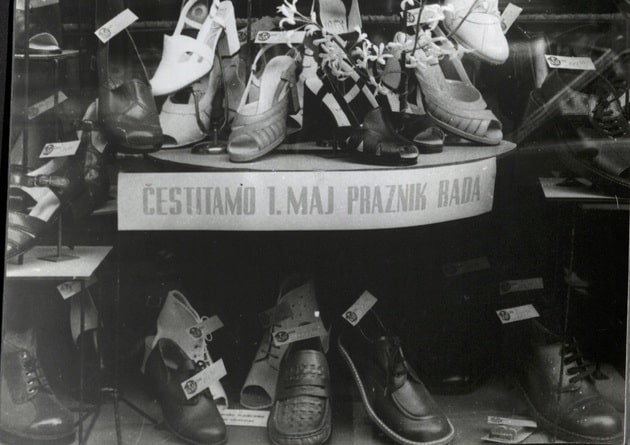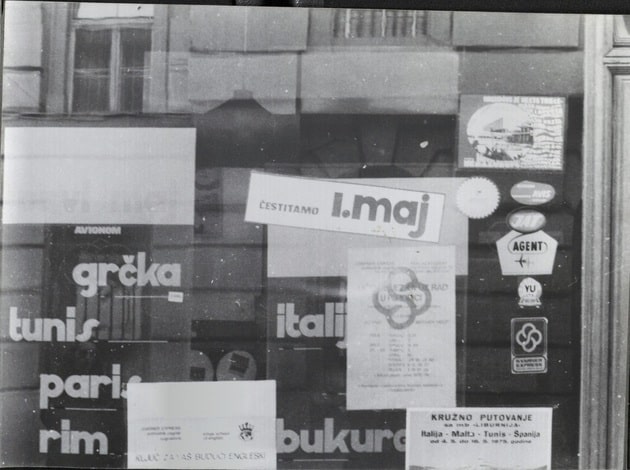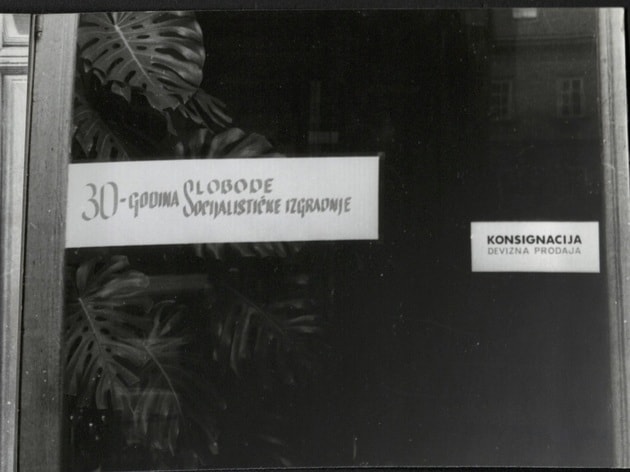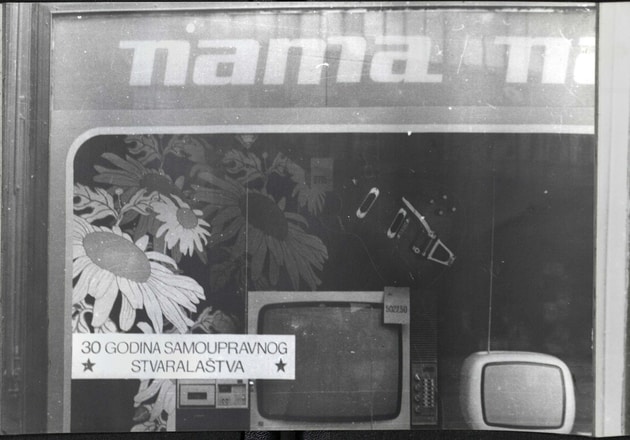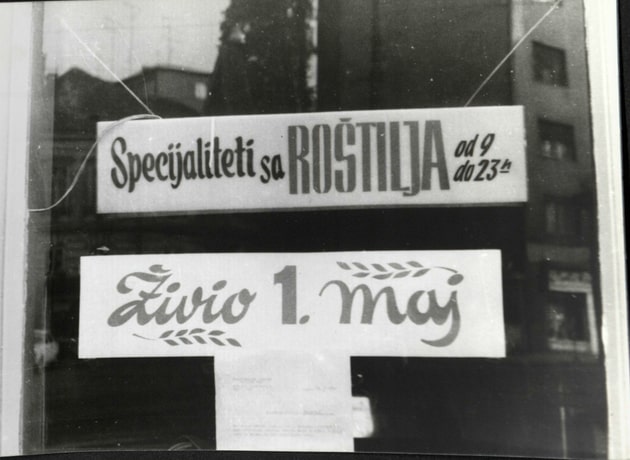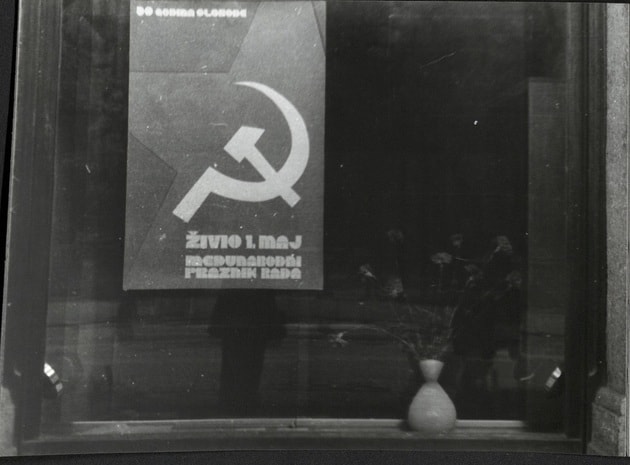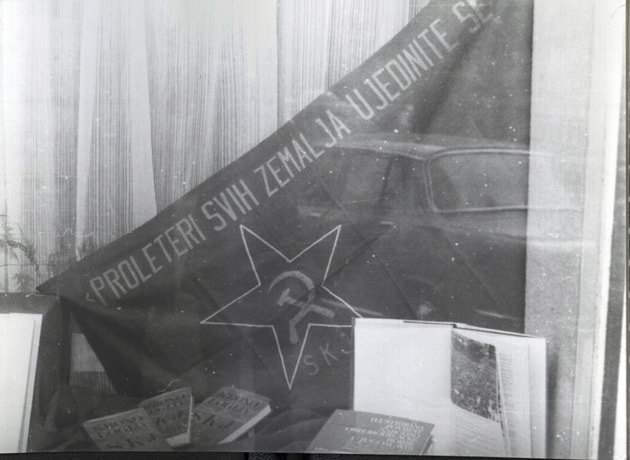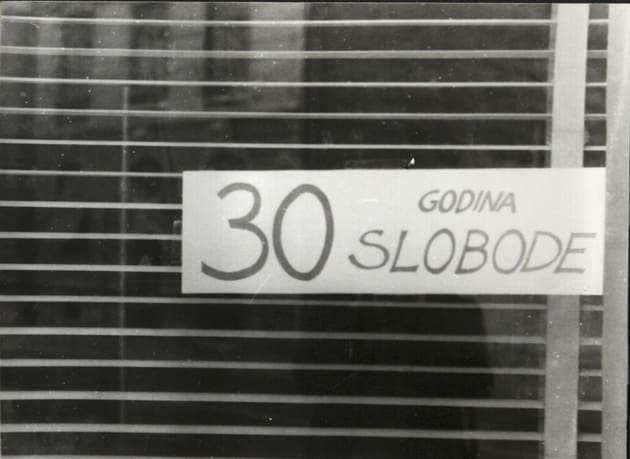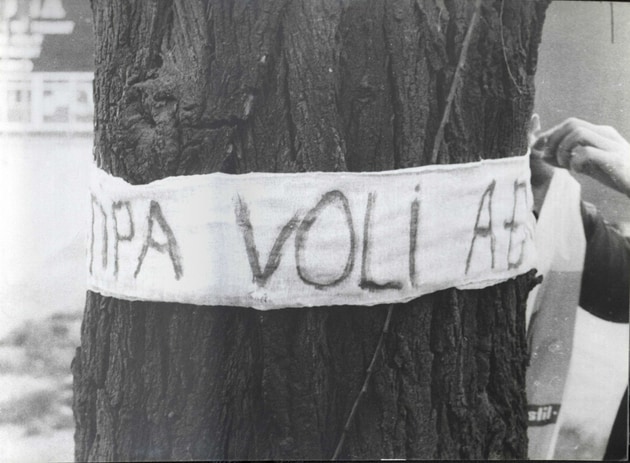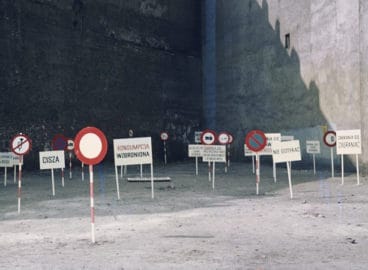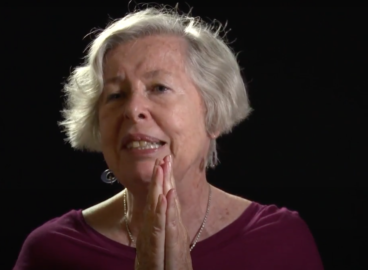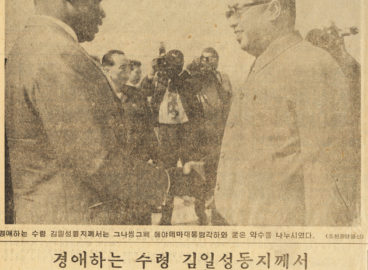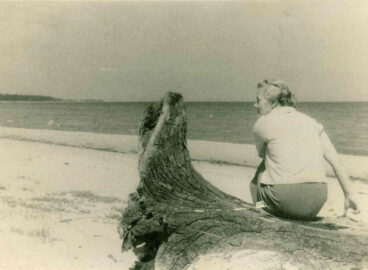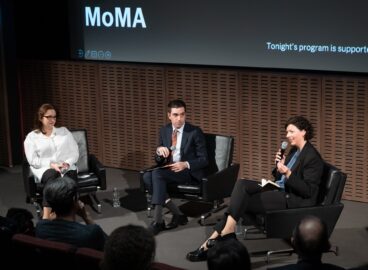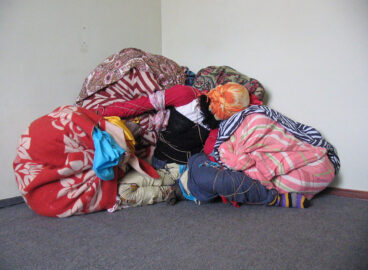In this Artist Practice focused on the late Mladen Stilinović (1947-2016), art historian Amy Bryzgel highlights four of his artist books. Part of the MoMA Library’s collection, they previously were featured in the 2012 exhibition Scenes from Zagreb: Artists’ Publications of the New Art Practice curated by David Senior, Senior Bibliographer. Several of the books are in an accordion-fold format, common for Stilinović’s photobooks and pamphlets that include drawings, word constructions, and collages. Their handmade quality is visible in the covers and spreads presented here.
Mladen Stilinović was a self-taught artist who began actively producing work in the 1970s in Zagreb. In May 1975, he and his colleagues formed the “Group of Six Artists,” whose aim was to create art for a wider range of viewers than the traditional gallery-installed works attracted, and to get closer to and interact more with these viewers. The group exhibited in nontraditional venues, such as in public squares and courtyards, and even on the beach. They called what they did “exhibition-actions,” with both the exhibition component and the ensuing discussion between the artists and viewers integral to the work. A similar performative thread runs through Stilinović’s solo pursuits, not only in his actions and performances, but also in his two-dimensional photographic and installation work.
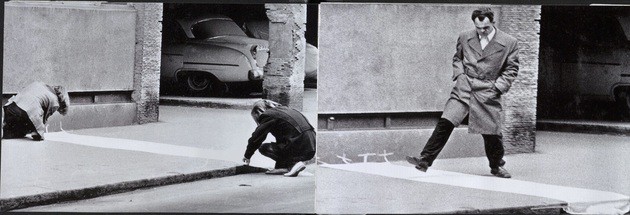
Cotton Pad Step (1975) is a performative object/performance that demonstrates this desire to interact with and thus involve the general public, as opposed to only the art-going public, in the artwork. Stilinović placed a large piece of cotton on the sidewalk, so that passersby had to either step on it or over it, thus either altering their path or making an imprint on the artwork. The artist documented the piece in photographs, then compiled them into a book, something he also did with 1st May 1975, which documented Yugoslavia’s May 1st celebrations in 1975. In addition to recording political billboards as well as posters, advertisements, and flyers hanging in shop windows, the photographs in 1st May 1975 document a love note—from the artist to his partner, the art historian Branka Stepančič—in which, across two banners strung high above the street, he announced “Ado Voli Stipu” (“Ado loves Stipu”) and its reverse, “Stipa Voli Adu” ( “Stipa loves Adu”). The juxtaposition of the official political messages with a range of more personal ones evokes the human level on which state-sponsored socialism was experienced.
A similar photographic performance, documented in book form and displayed in accordion style to resemble a storyboard, was The Foot-Bread Relationship (1977), which functions as a metaphor for the power struggles implicit in all relationships. The images in this work show a person swinging his leg back and then kicking a piece of bread, which breaks apart when it hits a wall. The larger, stronger subject inevitably dominates the smaller, weaker one. Stilinović presented this piece in 1979 at the exhibition Works and Words at the de Appel Gallery in Amsterdam. After a performance entitled Discussion on Language and Power, in which the artist gave a speech in Croatian—which he insisted not be translated—he placed a piece of bread on the floor and proceeded to swing his leg back, as if to kick it, but then stopped. He then exhibited the accordion book of photographs of the “original” performance, demonstrating the lack of necessity for the live performance once documentation of it exists. His speech, like The Foot-Bread Relationship, is about power and dominance—the power and dominance of the Western/English–speaking art world over less visible regions, such as Eastern Europe, and over artists who do not speak English. In 1992, Stilinović famously codified this view in a now-iconic banner that reads An Artist Who Cannot Speak English Is No Artist.

The artist produced a number of accordion-style books that suggest the sequence of a film or the temporal aspect of the images. In Hairdressers (1975), the artist captured a slice of the everyday visual culture of Yugoslavia at the time, documenting a range of hairstyles on offer by local hairdressers, represented by drawings or graphic representations visible in shop windows and magazines.
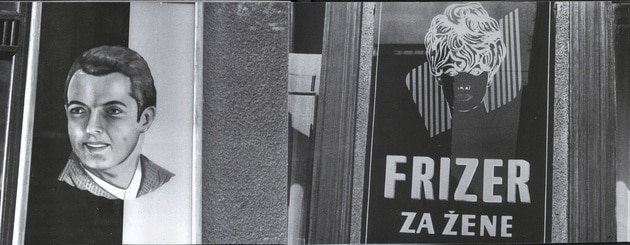
A further exploration of power and hegemony can be seen in Exploitation of the Dead (1984–90) in which the artist analyzed and appropriated past styles and artworks by Russian avant-garde and Socialist Realist artists. By copying the work of these dead artists, and presenting it as his own, he exploits what he considered to be dead signs, in that they no longer convey meaning, or at least not the meanings intended in the originals.
For this self-trained artist, no source was off limits, be it the everyday material and visual culture that surrounded him or the institutional canon of art history. The artist who showed himself “at work” sleeping, in the photographic performance and series of eight photographs Artist at Work from 1978, represents the Duchampian thinker and flaneur, contemplating, dreaming, and strolling the streets in search of material. It is this performative strand that ran through his life that continues to live on in his performative photographs, inspiring the reader to flip through the images and thus engage with them, and their meaning, for him- or herself.

